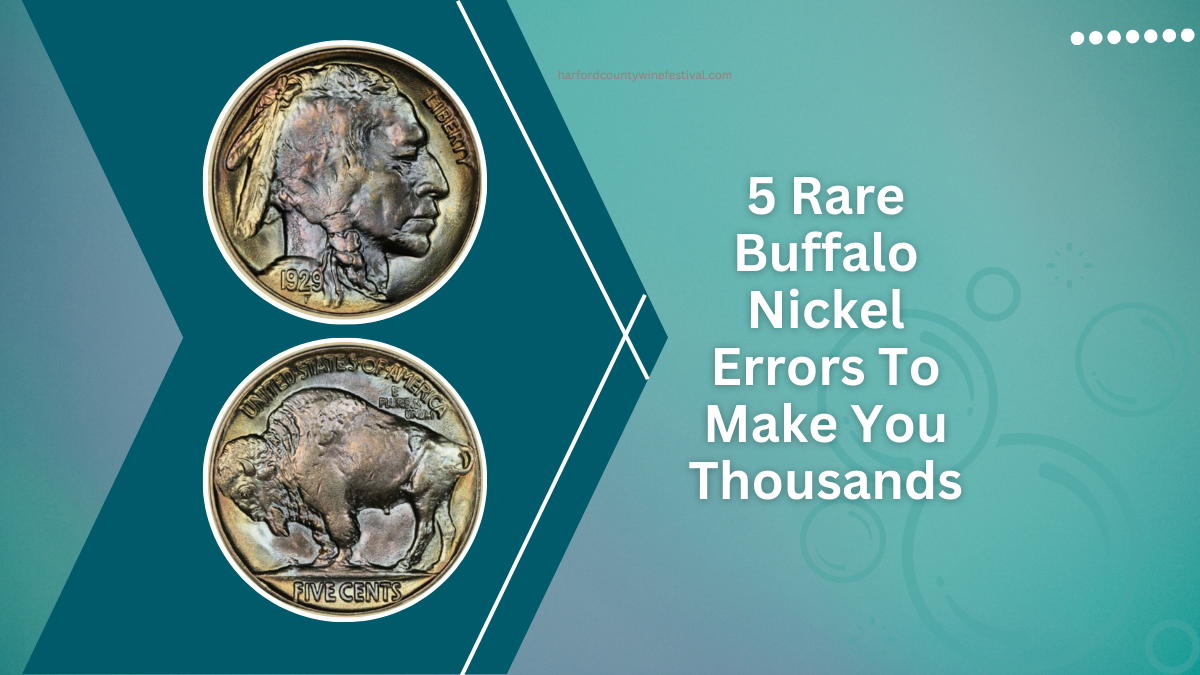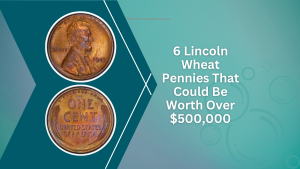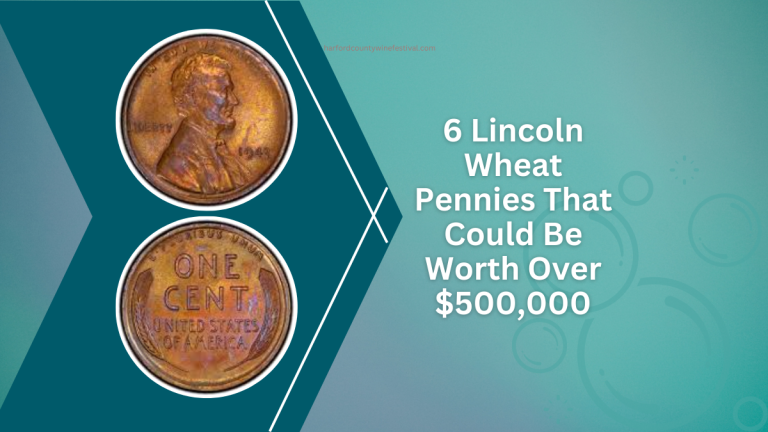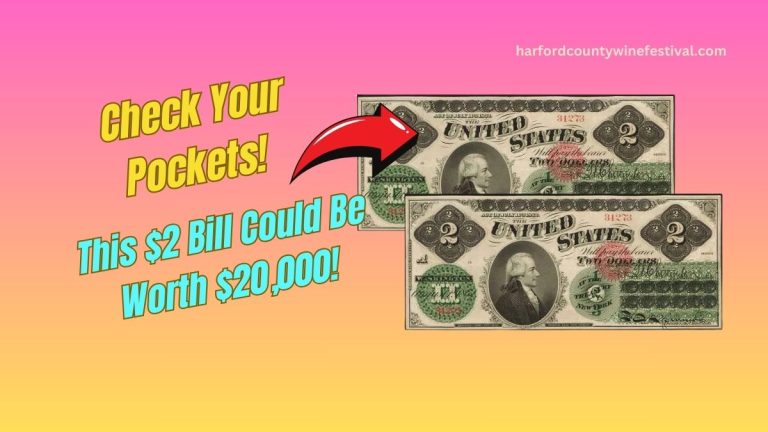Buffalo nickels, minted from 1913 to 1938, are cherished by collectors, especially those featuring unique errors that significantly enhance their value.
Here are five notable Buffalo nickel errors that have fetched thousands of dollars in the numismatic market.
1. 1937-D Three-Legged Buffalo Nickel
This error resulted from excessive die polishing at the Denver Mint, causing the buffalo’s front right leg to disappear, leaving the appearance of only three legs.
In circulated conditions, these nickels can command prices between $500 and $1,950, while uncirculated specimens have reached up to $110,000 at auction.
2. 1918/7-D Overdate Error
The 1918/7-D overdate error occurred when a 1917 die was repurposed and mistakenly overdated with 1918, making both dates visible.
This rarity is highly sought after, with values ranging from $1,713 in average condition to as much as $650,000 for specimens in Mint State 66.
3. 1916 Doubled Die Obverse Buffalo Nickel
This error features a noticeable doubling of the date on the coin’s obverse, making “1916” appear as “1916/1916.” Discovered decades after minting, these nickels are rare and valuable.
A specimen graded AU55 sold for $28,200 at auction, with higher-grade examples commanding even more excellent prices.
4. 1935 Doubled Die Reverse Buffalo Nickel
The 1935 doubled die reverse error displays a significant doubling on the reverse inscriptions, mainly “FIVE CENTS” and “E PLURIBUS UNUM.”
This variety is scarce, with well-circulated examples starting around $75, and uncirculated specimens reaching up to $104,650.
5. 1936-D Three-and-a-Half Legs Buffalo Nickel
Similar to the 1937-D three-legged variety, the 1936-D three-and-a-half legs error resulted from die polishing that partially removed one of the buffalo’s legs.
This error is rarer than its 1937 counterpart, with approximately 300 known examples. Values range from $600 in well-worn condition to over $12,000 in lower Mint State grades.
| Error Type | Year | Mint Mark | Estimated Value Range |
|---|---|---|---|
| Three-Legged Buffalo | 1937 | D | $500 – $110,000 |
| Overdate Error (1918/7) | 1918 | D | $1,713 – $650,000 |
| Doubled Die Obverse | 1916 | None | Up to $28,200 |
| Doubled Die Reverse | 1935 | None | $75 – $104,650 |
| Three-and-a-Half Legs | 1936 | D | $600 – $12,000 |
FAQs
How can I identify a 1937-D Three-Legged Buffalo Nickel?
Examine the buffalo’s front legs on the reverse side; if one is missing, it’s likely the three-legged variety.
What causes an overdated error like the 1918/7-D?
Overdate errors occur when a die from a previous year is repurposed and overpunched with the new year’s date, making both dates visible.
Why are doubled die errors valuable?
Doubled die errors result from misalignment during the die creation process, causing duplicated images. Their rarity and uniqueness make them highly sought after by collectors.
Where is the mint mark located on Buffalo Nickels?
The mint mark, if present, is located on the reverse side beneath the denomination “FIVE CENTS.”
How can I determine the value of my Buffalo Nickel?
The value depends on factors like rarity, condition, and demand. Consulting a reputable coin dealer or numismatic expert can provide an accurate assessment.







